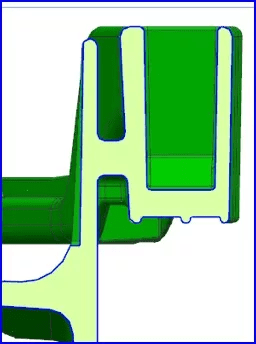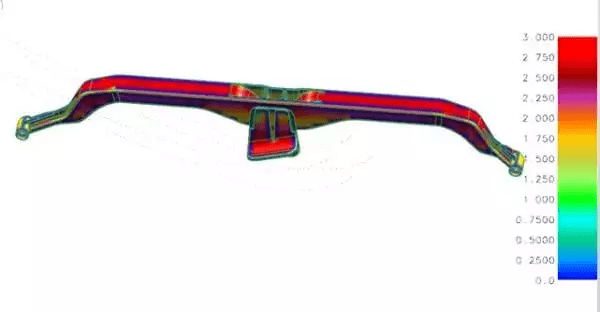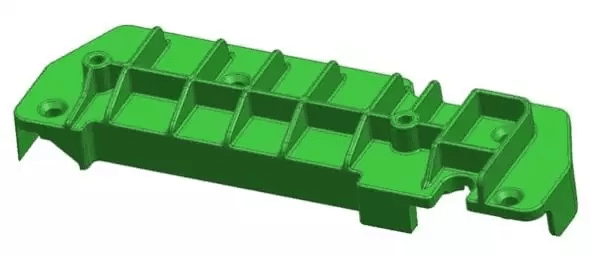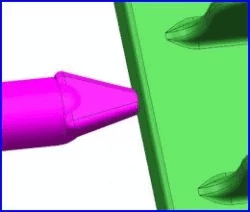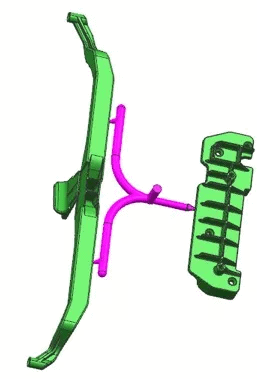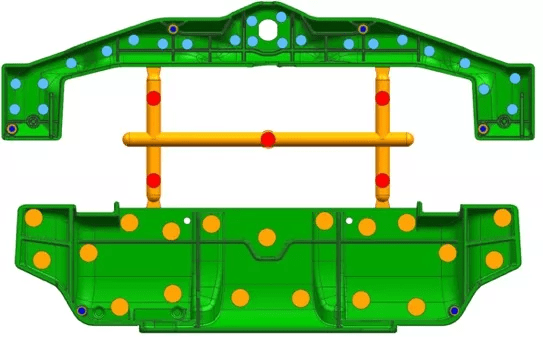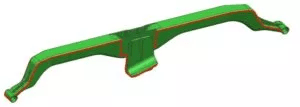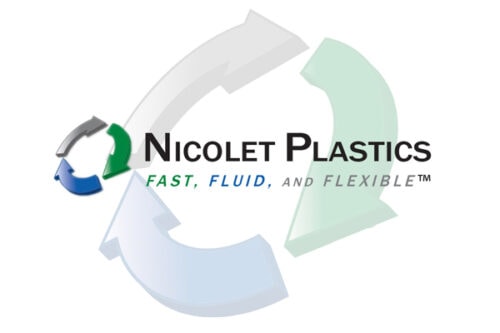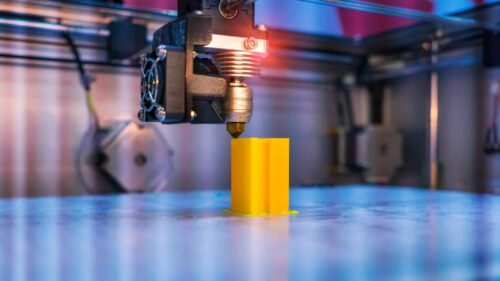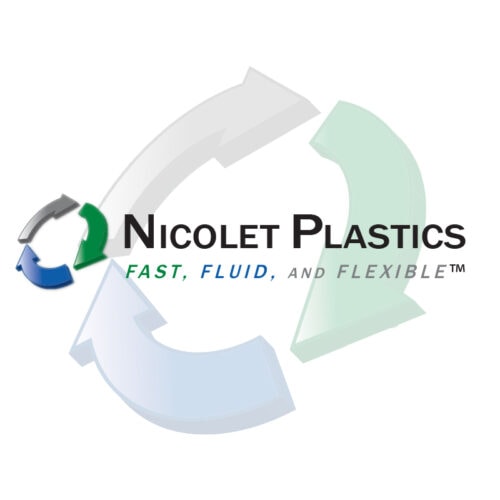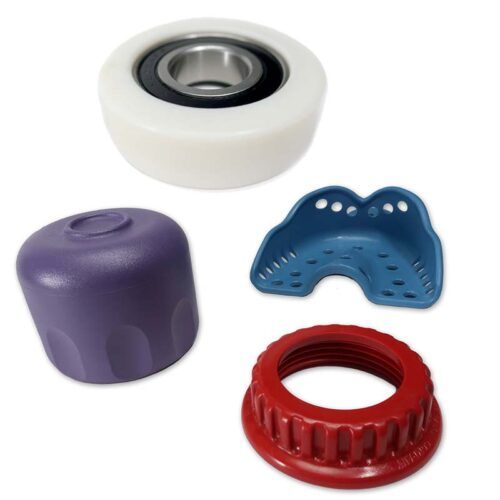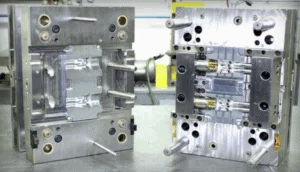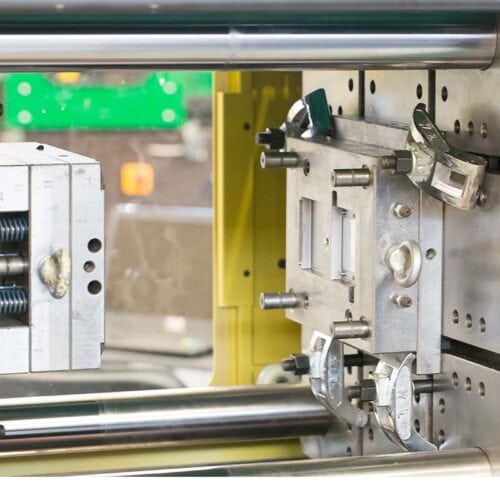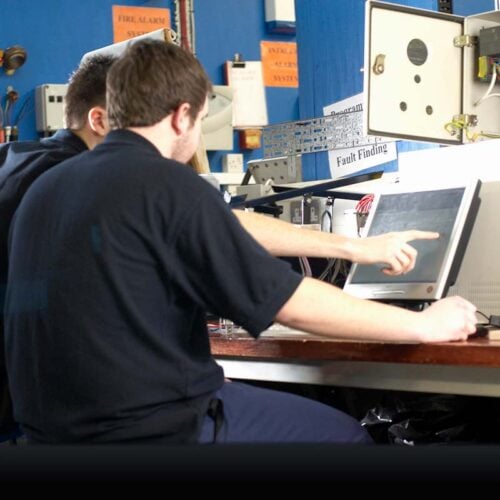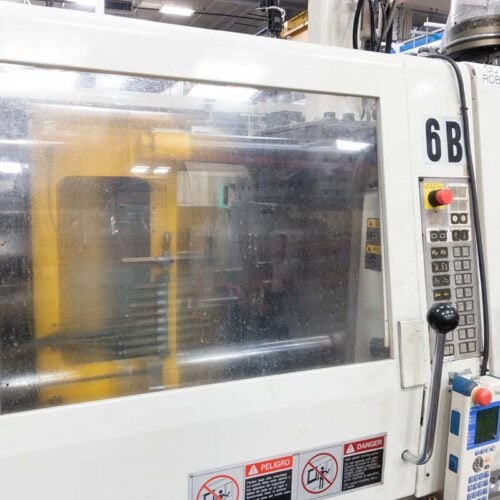Getting products to market fast and on budget are two critical factors in the manufacturing process. The design for manufacturing process is cited by both product manufacturers and injection molders as the step that can have the greatest impact on production outcomes. When plastic injection molders are involved early in the part design process including prototype development and mold flow analysis, many cost and time efficiencies will be realized.
Designing a plastic part for manufacturability from the outset involves several considerations that can ultimately have a significant impact on key variables. While some manufacturers don’t account for design adjustments in their timelines, early collaboration with your molder may uncover aspects of a design that can be optimized to improve the efficiency of part production and performance. Here are a few of the most common elements caught in the design for manufacturing process:
1. Draft
As an essential requirement in injection molding, draft angles make it easier for a finished, cooled part to be released from a mold. Minimizing friction during the part release process is important to prevent damage to the parts, provide a uniform surface finish and reduce wear and tear on the mold.
Draft angles are calculated as a degree measurement from the direction of pull. Designing a part with sufficient draft is critical, which is why design engineers typically recommend minimum draft angles of 0.5 degrees for core and 1.0 degree for the cavity. More draft is also needed if a textured surface is desired and if there are steel shut off surfaces in the tool design.
2. Wall Thickness
Another important factor in part design is wall thickness. A proper and uniform wall thickness reduces the risk of structural and cosmetic defects in injection molded parts.
While typical wall thickness ranges from .04 – .150 for most resins, it is recommended that you work with a knowledgeable injection molder/design engineer to verify thickness specifications for the material(s) you are considering for your part.
Analyzing wall thickness is an essential step in the design process to avoid producing parts that have sink, warp or are ultimately non-functional.
3. Ribs
Ribs are used to strengthen the walls of your part without increasing wall thickness, making them a valuable element in injection molded parts. Particularly in complex parts, good rib design should shorten the mold flow length while ensuring the proper connection of ribs to enhance the strength of the part.
Since thickness and location are essential in rib design, ribs should be no greater than ⅔ of the wall thickness, depending on the material used. Using wider ribs may create design and sinking issues. To mitigate this, a design engineer will typically core out some of the material to reduce shrinking and maintain strength.
Rib length should not exceed 3 times the length of the wall thickness, as anything over this could lead to part shorting/not being able to fill the part completely. Identifying the proper placement, thickness and length of ribs in the early phases of part design is an important element to the viability of a part.
4. Gate Location
A gate is the location where molten plastic material flows into the mold part cavity. While every injection molded part has at least one gate, many parts are manufactured using several gates. Because gate location affects the orientation of the polymer molecules and how the part will shrink during the cooling process, gate location can either make or break your part design and functionality.
For example, if a part is long and narrow and must be absolutely straight, it is best to place the gate at the end of the part. For parts that need to be perfectly round, a centrally located gate is recommended.
Sharing preliminary part designs with your injection molding engineering team, leveraging their knowledge and expertise in material flow, will result in optimal gate placement and injection points.
5. Ejector Pin Location
After a plastic part is molded, ejector pins (located within the B-side/core of the mold) apply just the right amount of force required to eject the part from a mold. Ejector pin location is typically a relatively minor concern in the early phases of design, but marks and indentations can result from improperly placed ejector pins, which is why design and positioning should be considered as early as possible in the process.
The location of ejector pins depends on a number of factors, including draft and texture of sidewalls, depth of walls and ribs, and the type of material used. Reviewing part designs will either confirm that your initial ejector pin placement is correct or may generate further recommendations to improve production outcomes.
6. Sink Areas
When the material in the area of thicker features, such as ribs or bosses, shrinks more than the material in the adjacent wall, sink marks may result in the injection molded plastic part. This occurs because thicker areas cool at a slower rate than the thinner ones, and the different rates of cooling leave a depression on the adjacent wall that is commonly referred to as a sink mark.
Several factors contribute to sink mark formation, including the processing methods used, part geometry, material selection and tooling design. Depending on the part specifications, it may not be possible to adjust geometry and material selection, but there are many options available to eliminate sink areas.
Depending on the part and its final application, tooling design (e.g., cooling channel design, gate type and gate size) can be leveraged to influence sink. In addition, manipulating process conditions (e.g., packing pressure, packing time, length of packing phase and conditions) offers several options to reduce sink. Finally, minor tooling modifications, such as retrofittable components or process modifications (e.g., gas assist or foaming) are also available to combat sink. As a result, it is best to collaborate with your injection molder to determine which methods will work best to mitigate sink in your specific injection molded parts.
7. Parting Lines
Parting line location is worth noting and planning for when producing more complex parts and/or when complicated shapes are required.
Since part designers and molders tend to evaluate parts differently, sharing your design with your injection molder can dramatically affect the production and function of your finished product. If parting line challenges are found, there are several ways to address them.
Being aware of the significance of the parting line in your initial design is a good first step, but that may not be your only option. By leveraging CAD software and mold flow analysis, you may be able to determine other possible locations. Working with a knowledgeable injection molder will keep your part end use top of mind and will guide you to the best possible location for parting lines.
There is no question, engaging your plastic injection molder early in the design for manufacturability process and working closely with a design engineer to identify efficiencies will help get your product to market quicker and on budget. What challenges are you currently facing with the plastic part design process?
Learn how Nicolet Plastics can help you reduce lead times and identify turn-key solutions for every product.

